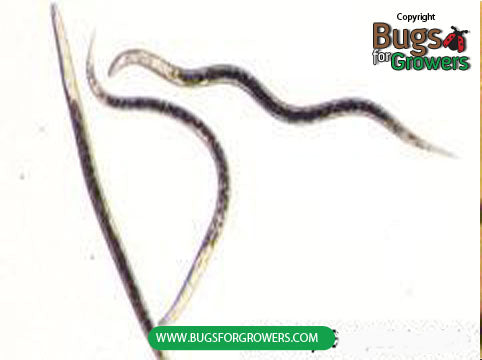Indianmeal moth
Damage caused by the Indianmeal moth
The Indianmeal moths are the most economically important pest of stored grains. All the larval stages of this moths infest and feed on the germs of different kinds of cereal and rice grains. All the larval stages also directly feed on the processed dry foods like pasta, bread and spices. Indirect damage caused by the Indianmeal moth larvae include contamination of grains with their droppings as well as spinning of silk webs in the grains. This indirect damage reduces the marketability of the grains. Although, adult moths do not cause any type of damage to the grains, they are a nuisance to home dwellers.
Facts (show all)
- Common names
-
- Indianmeal moth
- Scientific name
-
- Plodia interpunctella
- Identification
-
Adults: Indianmeal moths are very small and reddish brown colored insects with typical reddish markings on their forewings.
Eggs: Eggs of the indian meal moth are oval in shape, whitish in color and microscopic in size.
Larvae: Mature larvae of the Indianmeal moth are very tiny and creamy white in color with brownish head capsule.
Pupae: Pupae of indianmeal moth are light brown in color.
- Biology
-
Females of the Indianmeal moth lays eggs singly or in groups of over 20 eggs on the surface of the grains. These eggs hatch within 15 days into small larvae that start feeding on germs of grains. While feeding, larvae pass through 5- 7 developmental stages before maturity. Matured larvae then spin silk cocoons on the grains, on the walls of bins and then pupate inside the cocoons. Adult moths emerge from pupae with 2 to 30 days. These moths can complete their life cycle within 30 days. Depending on the temperature, they can complete 8-9 generations in a year.
- Organic Control of the Indianmeal moth.
-
- Following beneficial bugs are used for organic control of Indianmeal moth.
- Beneficial Nematodes
-
- Heterorhabditis indica

